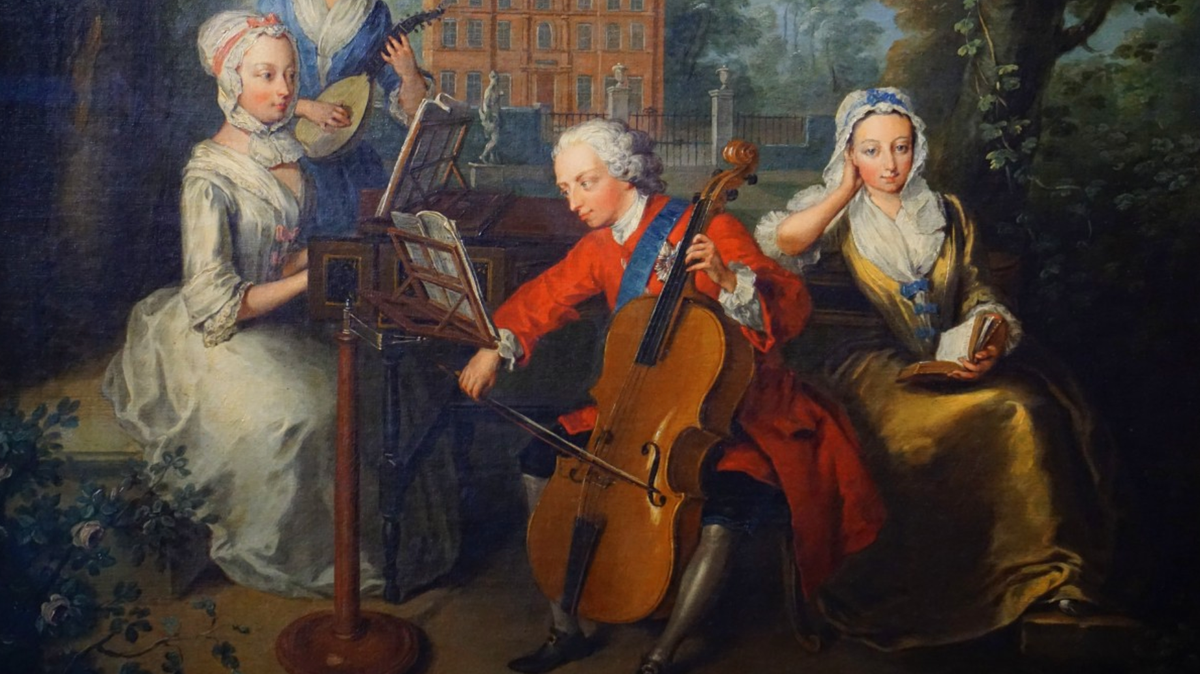Western classical music; a perspective based on the Indian concept of ‘rasa’

“What is Western classical music?” When an Indian musical magazine asked me to write an article answering such a wide and slippery question it seemed clear to me that it would be a challenging task. To make things worse, the article must be short. I must confess to the reader that it will be impossible for me –mostly considering the space to answer the question “what is it?”. However, I would like to suggest here a possible and general “way of looking” at the historical development of this musical tradition. A unifying perspective, that might also be applicable to some other cultures and artistic disciplines.
For the sake of concision and clarity I will try to formulate the basic idea of this article rather explicitly. The history of Western classical music can be understood as the constant artistic aspiration to shape and to give expression to an ideal of beauty, using the available idiomatic means in each period and according to the identity and cultural ambitions of this particular period.
To speak of a unique ideal of beauty for each historical period may sound, of course, a bit reductionist. But this simplification will maybe seem more justifiable if we refer to the German philosophical concept of zeitgeist (spirit of the age). Generally speaking, this concept refers to the fact that each historical period shapes a concrete cultural identity. An identity that individualises the period and distinguishes it from the rest. According to this, music would be an artistic way of expressing this collective spirit of a particular period in history.
This ideal of beauty is a changing reality, just like many other aspects of the history of Western culture. But it remains constant as an “aesthetic longing”. An intimate and ambitious artistic goal that man has always had and has tried to express throughout the history.
It would also be convenient to clarify that this ideal of beauty, despite the simplicity that the concept may suggest, is an aesthetically complex and emotionally diverse reality. This aesthetic complexity integrates both “Apollonian” and “Dionysian” elements, to use the classical aesthetic categories proposed by the German philosopher Friedrich Nietzsche. Soft, balanced and consonant elements and some other more vigorous, discontinuous and dissonant. Each historical period, according to its aesthetic criteria and aspirations, emphasizes and develops these elements in different proportions.
This ideal of beauty which has crystallized in every musical period reflects a common feeling of the society. A particular emotional pulse towards life. In order to explain about that “way of looking” at the historical development of Western classical music I will make use here of the Indian aesthetic theory known as the nava rasa. This theory establishes nine different categories of “emotion or aesthetic pleasure” that the spectator/listener can experience in front of an artwork. These nine categories are: Shringara (erotic), Vira (heroic), Bibhatsa (odious), Raudra (furious), Hasya (comic), Bhayanaka (terrible), Karuna (pathetic), Adbhuta (wondrous), Shanta (tranquility/peace). The first eight were proposed almost 2000 years ago by the sage Bharata and the ninth was added to the list a few centuries later.
Bearing in mind these nine types of emotional experience we could say, generally speaking, that Shanta (tranquility/peace) was the prevailing rasa in the music of the Renaissance period. Many religious masterpieces of composers of this period, such as Josquin Desprez or Giovanni Pierluigi da Palestrina, show an intense feeling of devotion and a human aspiration towards spiritual bliss and eternal peace. The clean and balanced vocal lines of many important works written during these centuries intensely exude this kind of feelings. To a lesser extent, we can also perceive the presence of rasas like Karuna (pathetic – in those religious works with a “passion” thematic) and Adbhuta (wondrous – in works with counterpoint designs deliberately complex) in the music of this period.
In Baroque music we can clearly distinguish rasas such as Karuna (pathetic) and Raudra (furious). The pathetic sentiment gains prominence in this historical period and becomes one of the most important traits of its emotional identity, a rasa present in most of the great composers. The furious (Raudra) is also a sentiment that colors intensely the musical style of this time, a sentiment clearly present, for example, in the work of Antonio Vivaldi. If we said, regarding the music of the Renaissance, that the Adbhuta sentiment (wondrous) matches the virtuosity of some polyphonic styles of the last years, the same could apply if we think of the intricate contrapuntal technique on numerous works by the great Baroque composer Johann Sebastian Bach.
The same adjective, wondrous (Adbhuta), also comes to mind when thinking of the vigorous, elegant and creatively inexhaustible melodic lines of a composer of the Classical period as emblematic as Wolfgang Amadeus Mozart. Another characteristic rasa of the musical Classicism -new to a great extent- is Hasya, the comic sentiment. Several works by Haydn and Mozart include elements deliberately designed with this emotional intention.
The Romantic period is especially complex and rich regarding the emotional content of the musical works of its most iconic composers. The ideal of beauty that rises in this period integrates most of the rasas that the classical Indian theory proposes. New rasas were added to those already present in the music of the past –Shanta, Karuna, Adbhuta, Raudra-. The loving or erotic sentiment (Shringara) is clear and intensely present in a good number of piano works by composers such as Frédéric Chopin, Franz Schubert or Franz Liszt. The terrible sentiment (Bhayanaka) can also be distinguished in the music of Ludwig van Beethoven and Berlioz, to cite only two names. The heroic rasa (Vira) is explicitly invoked and developed also in some important works by Beethoven and, some years later, in the operas by Richard Wagner.
This historical continuity and progressive enrichment of the emotional content of the music experienced an abrupt break in the last century. The atonal and serial experimentations by Arnold Schönberg and some other compositional methods, such as the indeterminacy of John Cage, eventually led to the consolidation of musical styles that ignored the emotional potential of this art form. A new music that –despite being intensely expressive – avoids the narrative continuity that allows the rising of an emotional communication between the composer and the listener. For this reason, the nine classical categories of rasa are not easily applicable to this new musical styles. However, the 20th century has also pursued its own ideal of beauty. An ideal no longer based in the emotional potential of music, an ideal that understands music rather as pure sound. An acoustic reality with an intrinsic aesthetic value and susceptible to be manipulated in an isolated manner, aside from any “extra-musical” reference.
Let me conclude this brief writing, reminding the reader that the intention has been to propose a personal and broad perspective on the history of this art form. The main idea is that the history of Western classical music is a continuous aesthetic aspiration, a conscious and ambitious quest for the “highest beauty”. I have used the Indian aesthetic theory of the nine rasas to try to draw, although in a very general way –hoping the reader will excuse the necessary generalizations and reductionisms-, a general emotional portrait of each period and its ideal of beauty. Because the emotional factor is crucial when it comes to art. We might even say, as some Indian musicologists have stated, that if we deprive music of its emotional content it becomes something just meaningless.





